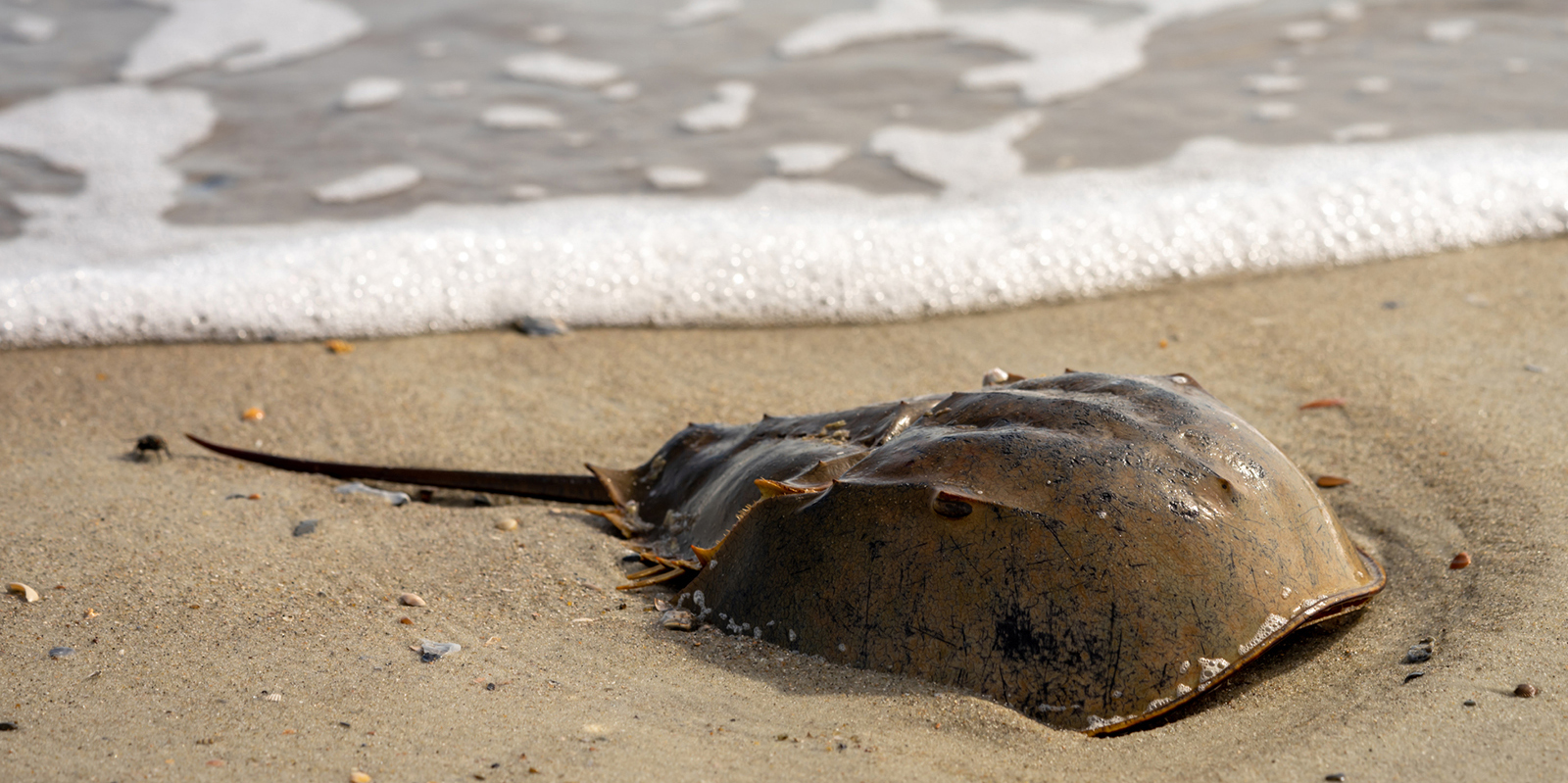Whale Deaths Increasing Up and Down East Coast
July 2, 2018
Determining the cause of whale deaths is slow and difficult. A vessel strike likely killed the juvenile humpback whale that washed ashore in Jamestown in June 2017, but the determination is not conclusive, according to federal Marine Mammal Health and Stranding Response Program.
It’s common not to know what killed a whale because decomposition, especially of internal organs, happens quickly. Large sea mammals like right whales are too large to bring to a labratory and often have to be towed to shore — trailed by sharks — to perform a thorough examination. A full necropsy may take days to complete and require large equipment such as a backhoe to move a carcass that can weigh up to 150 tons. Scientists must contend with odors, layers of blubber, and offshore conditions.
“If you don’t have the machinery it can take days and days, you may never finish,” said Michael Moore, a veterinarian and whale biologist at the Woods Hole Oceanographic Institution, in an interview with NBC News.
What is known is that whale deaths have spiked in the Atlantic. Currently, the National Oceanic and Atmospheric Administration (NOAA) is monitoring an unusual increase in whale deaths, called unusual mortality events (UME), for three species of whales: minke, humpback, and the North Atlantic right whale.
North Atlantic right whales are highly endangered, with an estimated population of 450 and declining since 2010. If the current trend continues, the species could be extinct in 20 to 25 years, according to researchers.
Vessel collisions and entanglements with fishing gear are the leading causes of whale deaths. Fishing gear snares some 83 percent of North Atlantic right whales at least once in their lives.
The right whale UME began in June 2017 and, so far, 12 of the 19 deaths occurred in the Gulf of St. Lawrence in Canada. Four washed ashore in Massachusetts.
The Canadian Wildlife Health Cooperative conducted necropsies and tests for toxins. The rise in deaths has coincided with an increase in commercial fishing in the gulf, according to researchers. Two whales died from entanglements with snow crab fishing gear. An additional five whale entanglements with fishing gear have been reported since June 2017. Four likely died from trauma, such as ship strikes. None died from toxins or disease, according to scientists.
Fishing gear is blamed for 58 percent of right whale deaths since 2009, according to the New England Aquarium.
A spike in minke whale deaths is also being blamed on entanglements with fishing gear. Since January 2017, 33 minke whales have died between Maine and South Carolina. Massachusetts has the most with 12, and New York has seven. Rhode Island has reported two strandings.
Full or partial necropsies have been conducted on 18 minke whales. Nine showed evidence of entanglement in fishing gear. Two showed signs of blunt trauma.
Minke whales are not endangered or threatened, but are protected under the Marine Mammals Protection Act of 1972. About 2,950 live along the East Coast, according to NOAA.
The spike in humpback whale strandings prompted NOAA to declare a UME in January 2016. Since then, 76 Atlantic humpbacks deaths have been reported between Maine and Florida. Partial or full necropsy inspections have been completed on half of the deaths. About 50 percent of those were attributed to ship strikes or fishing-gear entanglements. Massachusetts, New York, Virginia, and North Carolina reported the bulk of the strandings.
Canadian fishermen are testing a new buoyless technology to reduce entanglements with right whales. This month, Massachusetts will test new gear for lobster fishing through a grant from the International Fund for Animal Welfare, according to the Cape Cod Times. The system relies on a passive buoy that floats to the surface when a fisherman sends a signal to the trap anchored to the seafloor.
In Congress, fishermen’s associations and environmental groups are advocating for the SAVE Right Whale Act of 2018. The budget item seeks $5 million annually through 2028 for research and technology to reduce ship strikes and fishing-gear entanglements.
Meanwhile, marine conservationist Richard Strahan of Whale Safe USA in Cambridge, Mass., is suing NOAA, the Massachusetts and Maine lobstermen associations, and state officials in both states over the use of vertical line buoys, which are blamed for whale entanglements.



